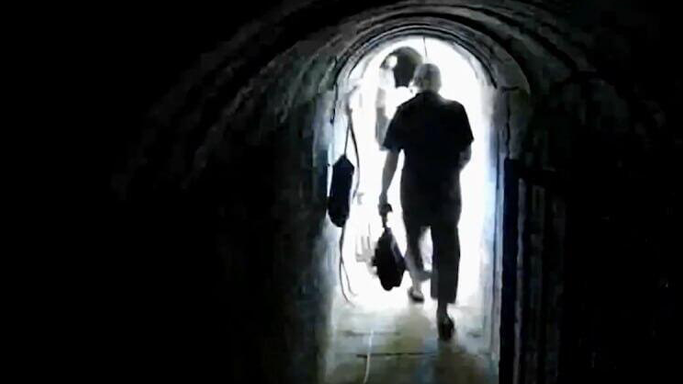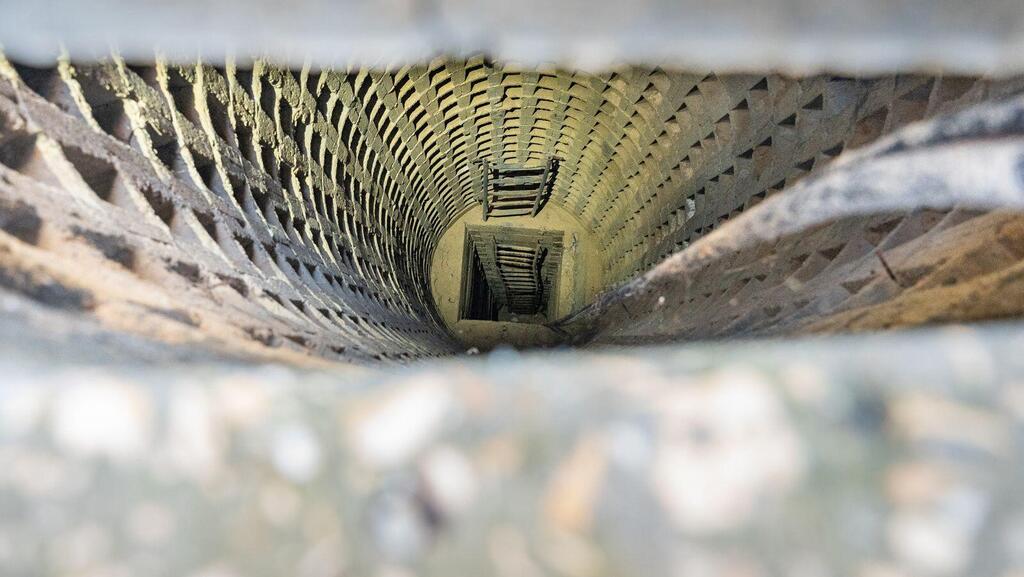Getting your Trinity Audio player ready...
In the maze of the Gaza Strip, an unprecedented manhunt continues for Yahya Sinwar, the leader of Hamas, who remains elusive despite substantial efforts made by Israel and its allies to capture him. A recent New York Times investigation reveals the sophisticated methods used in this hunt, which came close to capturing the terrorist mastermind in January.
The report quoted U.S. National Security Advisor Jake Sulivan who said there were special American teams assisting Israel in the hunt to locate and kill the Hamas leader including with the use of sophisticated equipment and ground-penetrating radars.
Since the massacre of October 7, Sinwar has left scant traces, likened to a ghost in the media. Absent from the public and communicating only rarely with his supporters, he leaves few clues about his location. Israeli and US intelligence services believe that Sinwar has long abandoned all electronic communication, thus evading a very elaborate surveillance network.
Last January, Israeli forces thought they were on the verge of capturing him, the report said. An operation carried out in an underground complex south of Gaza nearly failed, as Sinwar had left the site a few days earlier. However, he left behind valuable documents and a substantial sum of money.
Both Israel and the U.S. have invested vast resources to locate the elusive terrorist. Eliminating him would have an immediate effect on the war.
Unlike other terrorist leaders, Sinwar remains actively involved in the conduct of military operations. Diplomats involved in cease-fire negotiations in Doha, Qatar, report that his opinion was needed for any major decision. However, communication with Sinwar has become increasingly difficult. While he once quickly responded to messages, his responses are now less frequent and take more time, often going through his deputies.
He stopped using cell phones or satellite phones early in the war and evaded intelligence surveillance. The Times reported that their investigation revealed that Defense Minister Yoav Gallant advocated for fuel deliveries for Gaza, in order to keep the power going in the Hamas tunnels because at that stage of the war, Sinwar's communications were monitored by Israeli intelligence. He was criticized by far-right members of the coalition.
Sinwar maintains contact with the outside world through a network of couriers. Officials compared Sinwar's system to that used by Al Qaeda leader Osama Bin Laden, who evaded capture for nearly a decade until he was killed in a special ops raid on his home in Pakistan.
Israel and U.S. officials said that the hunt for Sinwar is more frustrating because, unlike Bin Laden, Sinwar is still running Hamas and its military operations. They said he may be struggling to keep in contact with his commanders but is the one who still decides the terror group's strategy.
Sinwar also has the final word in the cease-fire and hostage release negotiations. Not only is he the top leader of the group, he would also be the one to carry out the agreement on the ground.
The hunt for Sinwar continues as the close collaboration between Israel and the United States aims to capture the man considered the mastermind of the October 7, the deadliest attack in Israel's history. The outcome of this manhunt may redefine the contours of the ongoing conflict in Gaza.



